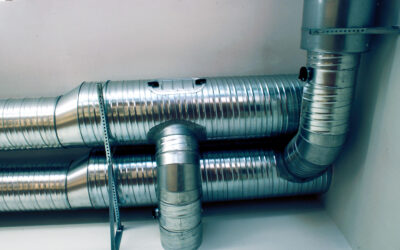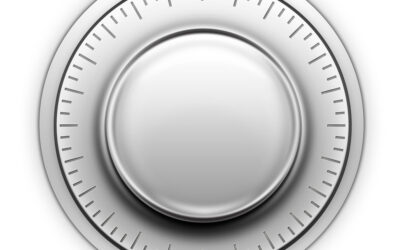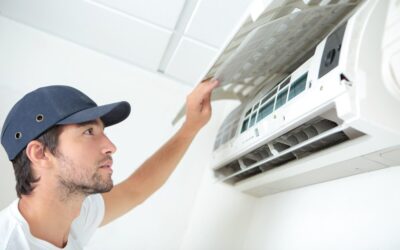Home Energy Audits – DIY and Professional – can slash your utility bills
Step 1: The DIY audit
Maybe your home feels drafty – even when the windows are closed.
Or maybe certain rooms feel warm while others feel chilly or damp.
Or maybe – and here’s an attention-getter – your gas or electric bills are escalating even though your consumption habits haven’t changed.
No matter which scenario you’re dealing with, your hunch is correct: your home (like most others) can benefit from a home energy audit.
The U.S. Department of Energy makes it abundantly clear: “A professional home energy audit is the best way to determine where your home is losing energy and where you can save” money. http://energy.gov/energysaver/do-it-yourself-home-energy-audits
Before you call Charlie’s Tropic Heating & Air Conditioning, you can conduct your own energy audit to identify places where your home might be losing energy – and maybe even make the minor repairs and improvements that can save you money every month on your energy bill.
Even new homes can benefit from this one-two punch strategy, the department says: “Do not assume that just because your home is recently constructed – or even new – that there are no opportunities to save energy. Energy-saving technology has evolved rapidly over the past few years, outpacing training commonly available to many builders.”
Do the best you can
Before you get started, assemble the tools of your new trade: a pen or pencil and a notebook, a tape measure, a flashlight, a long-stemmed lighter (to help you detect air leaks), a screwdriver (to remove and tighten outlets and switch plate covers) and tissues (and no; not to wipe any tears because audits always have a happy ending). To inspect the insulation in your garage, attic, basement or crawlspace, you might need a ladder, dust mask and gloves.
Few people feel comfortable approaching everything around the house, so just do the best you can with your energy audit. If something strikes you as odd or suspicious, make a note of it. But do check the most likely places your home is losing energy:
- Doors and windows, where cracks, gaps and holes cost many homes to lose 25 percent or more energy. Run that long-stemmed lighter around the perimeter and, if the flame flickers, it’s a sure sign that your doors and windows are not airtight.
- Insulation in your garage, attic, basement or crawlspace, both for condition and quantity
- Ductwork, where you could be losing as much as 20 percent of the treated air you’re paying for every month. Look for cracks, holes, disconnects and places where mastic tape might be crumpled or sagging.
- Cable lines, phone lines, water lines, exhaust vents and anywhere else there might be an opening leading to the outdoors. These openings should be insulated so that no air from inside your home escapes and no outdoor air seeps in.
- Outlets and switchplate covers, which also should be insulated. To detect leaks, remove the covers and hold a tissue over the opening. If the tissue billows, you’ve got a leak.
- Fireplace damper, which can be checked for leaks by holding a lighter (or placing a candle) inside the firebox and watching for any sign of flame movement.
- Attic hatch, which should be insulated since it’s usually little more than a thin sheet of plywood.
- Lighting, which represents at least 10 percent of your electric bill. You could save hundreds of dollars a year simply by replacing old incandescent bulbs with compact fluorescent lamps (CFLs)
- Appliances and electronics, which should be plugged into power strips and turned off when not in use. Like many homeowners, you could be wasting $200 a year if you leave electronics plugged in even when they’re fully charged, says the National Renewable Energy Laboratory. (http://www.nrel.gov/docs/fy14osti/60461.pdf)
All this might seem like a lot of ground to cover – and it is. But remember: Charlie’s will be right behind you to fortify your best efforts – and reduce your energy bill once and for all.




0 Comments